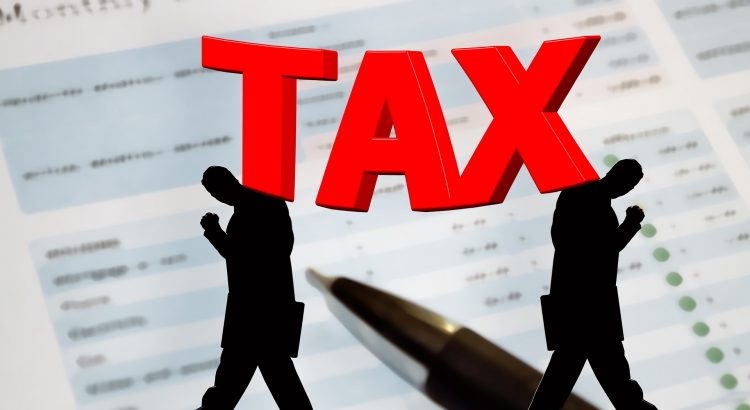Capital gains tax is a tax levied on the profit made from the sale or transfer of certain types of assets, such as stocks, real estate, and other investments. It is the tax imposed on the capital gain, which is the difference between the asset’s selling price and its original purchase price.
In general, capital gains tax is calculated by subtracting the original cost or basis of the asset from the selling price and then applying the applicable tax rate to the resulting capital gain. The tax rate on capital gains can vary depending on the country or jurisdiction, the type of asset being sold, and the asset’s holding period. Typically, short-term capital gains, which are gains from the sale of assets held for one year or less, are taxed at higher rates than long-term capital gains, which are gains from the sale of assets held for more than one year.
Capital gains tax is an essential revenue source for governments, often used to fund various government programs and services. It is necessary for individuals and businesses to understand the capital gains tax rules and regulations in their specific jurisdiction and to properly report and pay any capital gains tax liabilities in compliance with the applicable tax laws. It is also advisable to seek professional tax advice when dealing with capital gains or other tax-related matters.
There are typically two main types of capital gains tax (CGT) that are commonly referred to:
1. Short-term capital gains tax: This type of CGT applies when you sell an asset that you have held for one year or less. Short-term capital gains are typically taxed at your ordinary income tax rates, which are based on your income level and can vary depending on your country’s tax laws.
2. Long-term capital gains tax: This type of CGT applies when you sell an asset you have held for more than one year. Long-term capital gains are taxed lower than short-term ones to incentivize long-term investment. The tax rates for long-term capital gains can also vary depending on your income level and country’s tax laws.
How to Calculate Capital Gains Tax in India?
Step 1: Determine the Type of Capital Gain
There are two types of capital gains in India: short-term (STCG) and long-term (LTCG). STCG arises when the asset is held for less than 36 months (for the immovable property) or 12 months (for other assets), while LTCG occurs when the investment is held for 36 months or more (for the immovable property) or 24 months or more (for other assets).
Step 2: Determine the Cost of Acquisition and Improvement
Next, you need to determine the asset’s acquisition cost, which includes the purchase price, along with any additional charges such as brokerage fees, stamp duty, and legal expenses. If you have made any improvements to the asset, the improvement cost is also added to the acquisition cost.
Step 3: Determine the Sale Price
The asset’s sale price is the amount you received from selling the purchase minus any costs incurred, such as brokerage fees and legal expenses.
Step 4: Calculate Capital Gain
To calculate the capital gain, subtract the acquisition cost (including improvements) from the sale price. If the result is positive, it is considered capital gains.
Step 5: Calculate Taxable Capital Gain
If you have short-term capital gains, they will be added to your total income for the financial year and taxed at the applicable income tax slab rates per current tax laws. However, if you have long-term capital gains, you may be eligible for an indexation benefit, which adjusts the acquisition cost for inflation. To calculate the indexed cost of acquisition, multiply the cost of acquisition with the Cost Inflation Index (CII) of the year of sale divided by the CII of the year of acquisition. Then, subtract the indexed cost of acquisition from the sale price to arrive at the taxable capital gain.
Step 6: Apply Applicable Tax Rates
For long-term capital gains on the sale of listed securities (such as stocks and equity-oriented mutual funds), the applicable tax rate is 10% without indexation or 20% with indexation, whichever is lower. For long-term capital gains on the sale of immovable property, the applicable tax rate is 20% with indexation.
Step 7: Pay Capital Gains Tax
The capital gains tax should be paid before filing your income tax return for the relevant financial year. You can pay the tax online or offline using the designated challan forms. It’s important to note that tax laws in India are subject to change, and it’s recommended to consult with a qualified tax professional or refer to the latest tax regulations to ensure accurate calculation and compliance with the applicable tax laws.
It’s important to note that tax laws and rates can vary significantly by country, and additional rules and exemptions may apply to specific types of assets or investments. It’s always recommended to consult with a qualified tax professional or seek advice from relevant tax authorities in your jurisdiction to understand the specific capital gains tax rules and rates that apply to your situation. If you don’t know where to look for tax professionals, visit Ourtaxpartner.com and get relevant details and guidance now!

